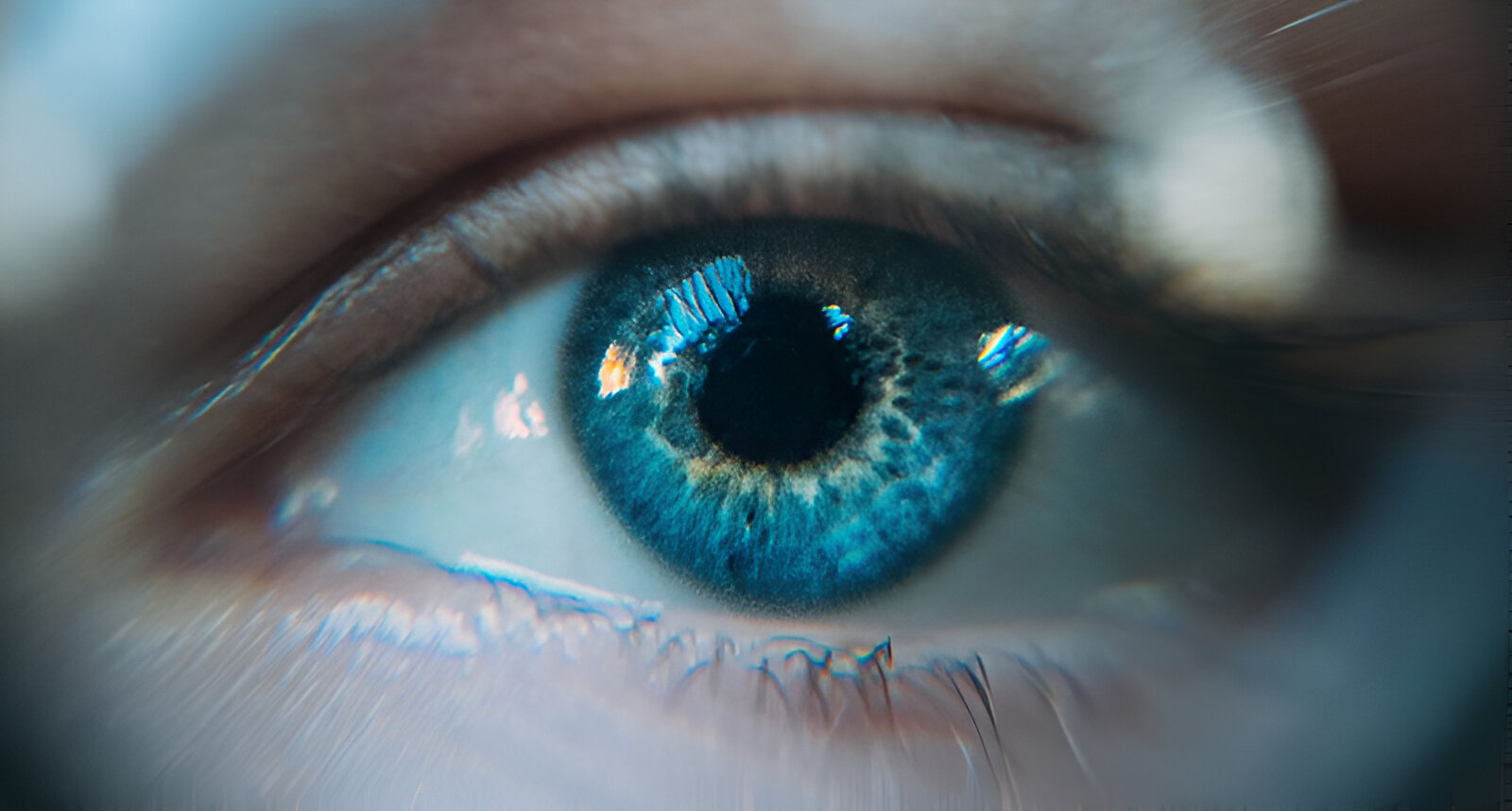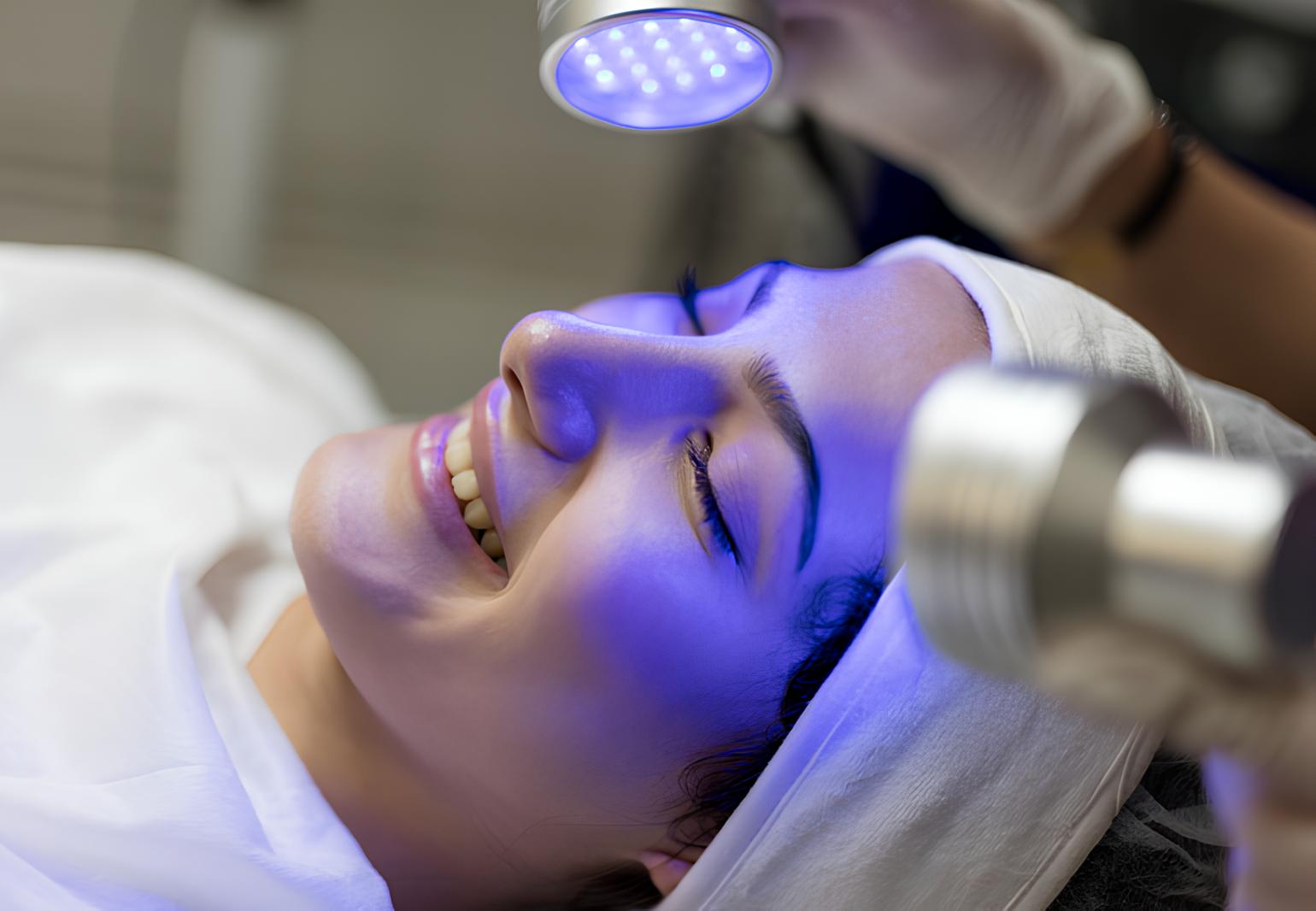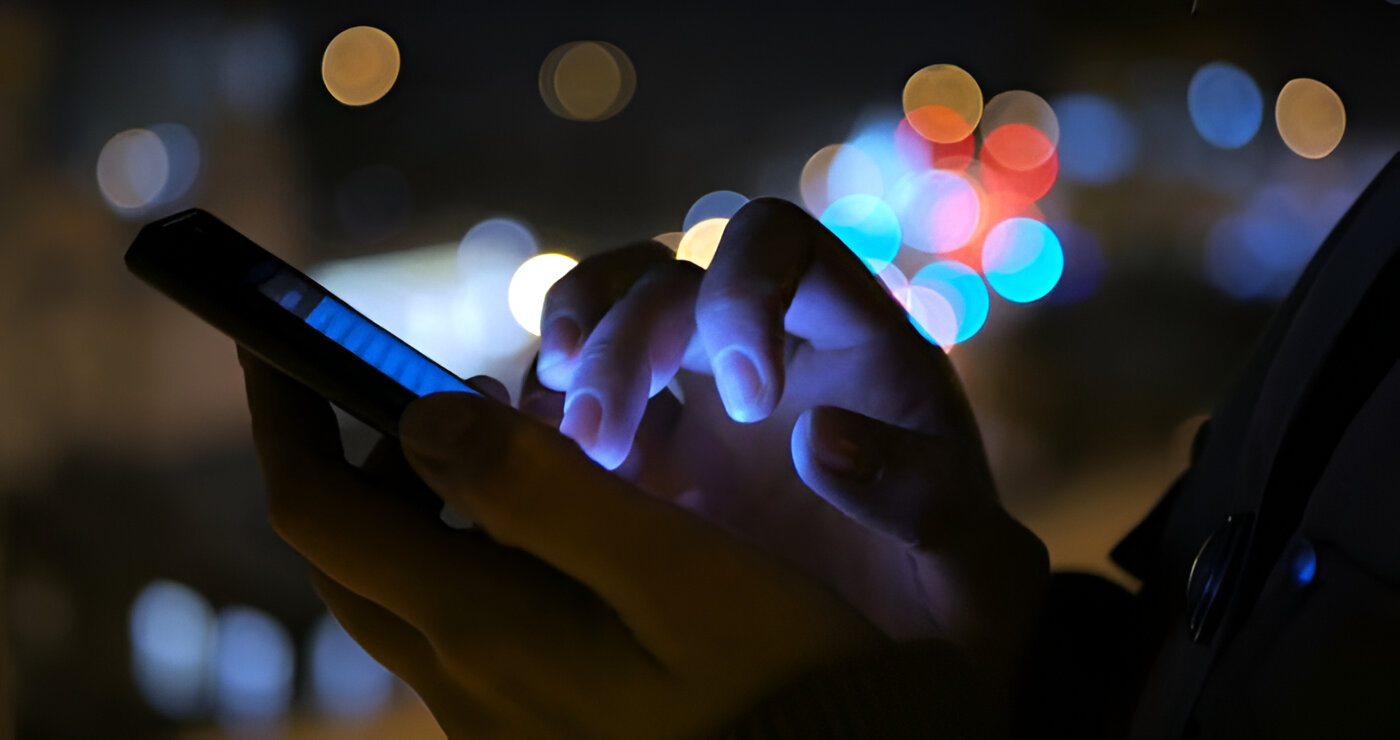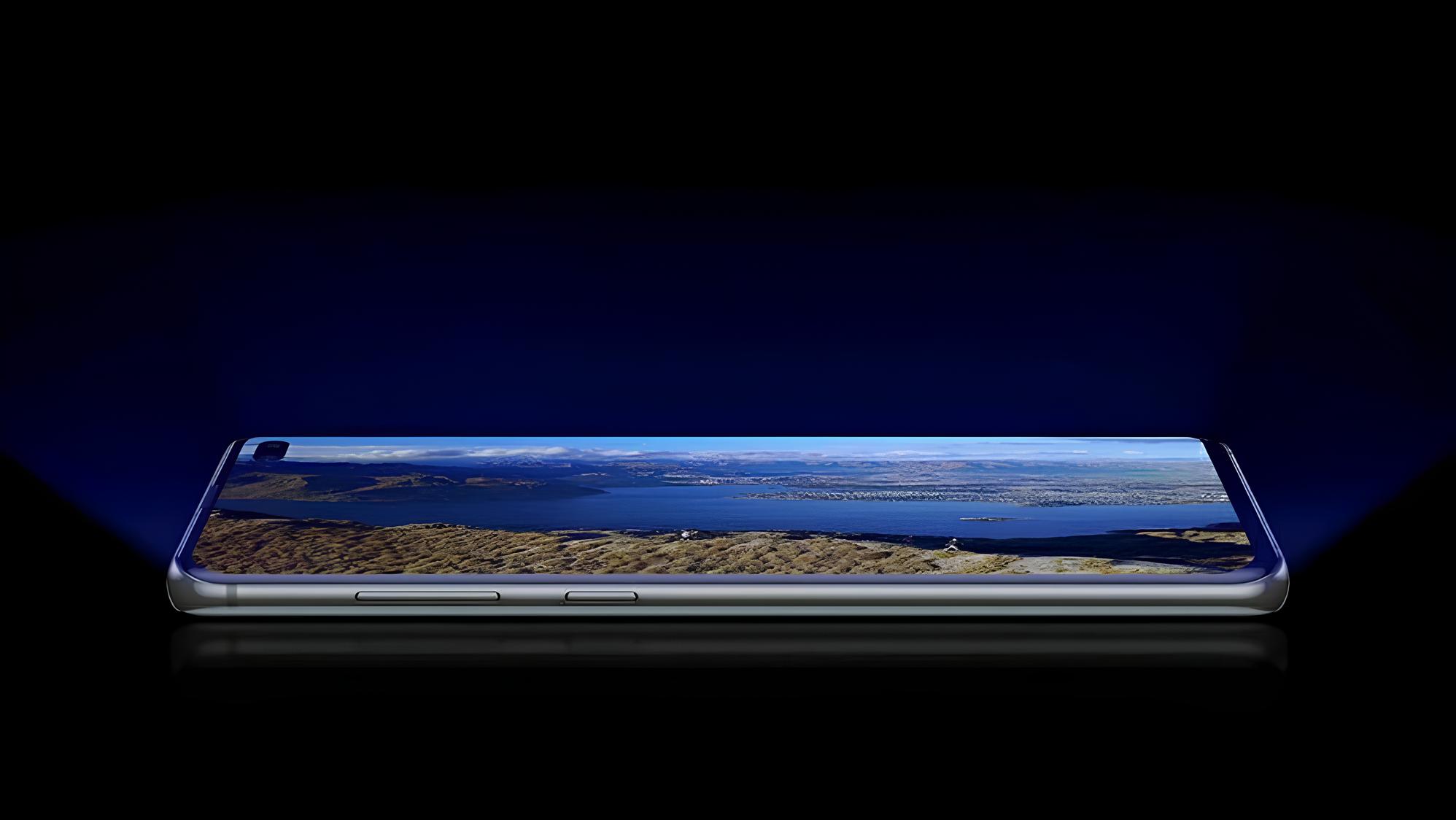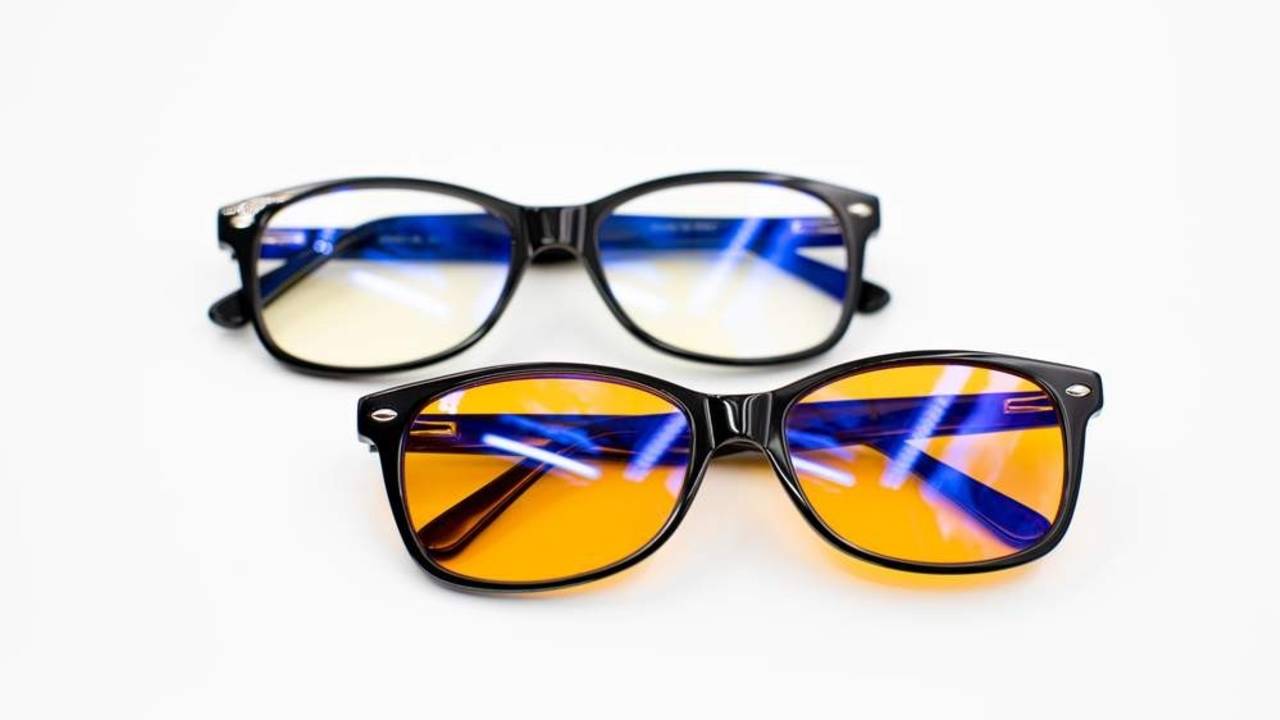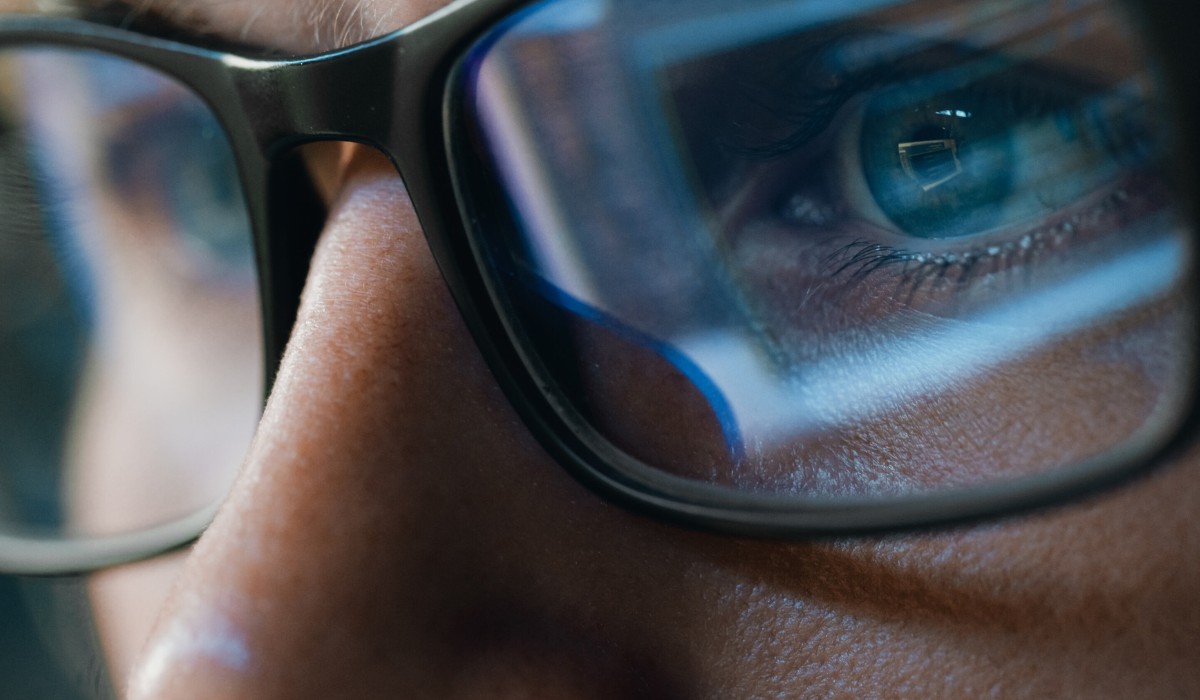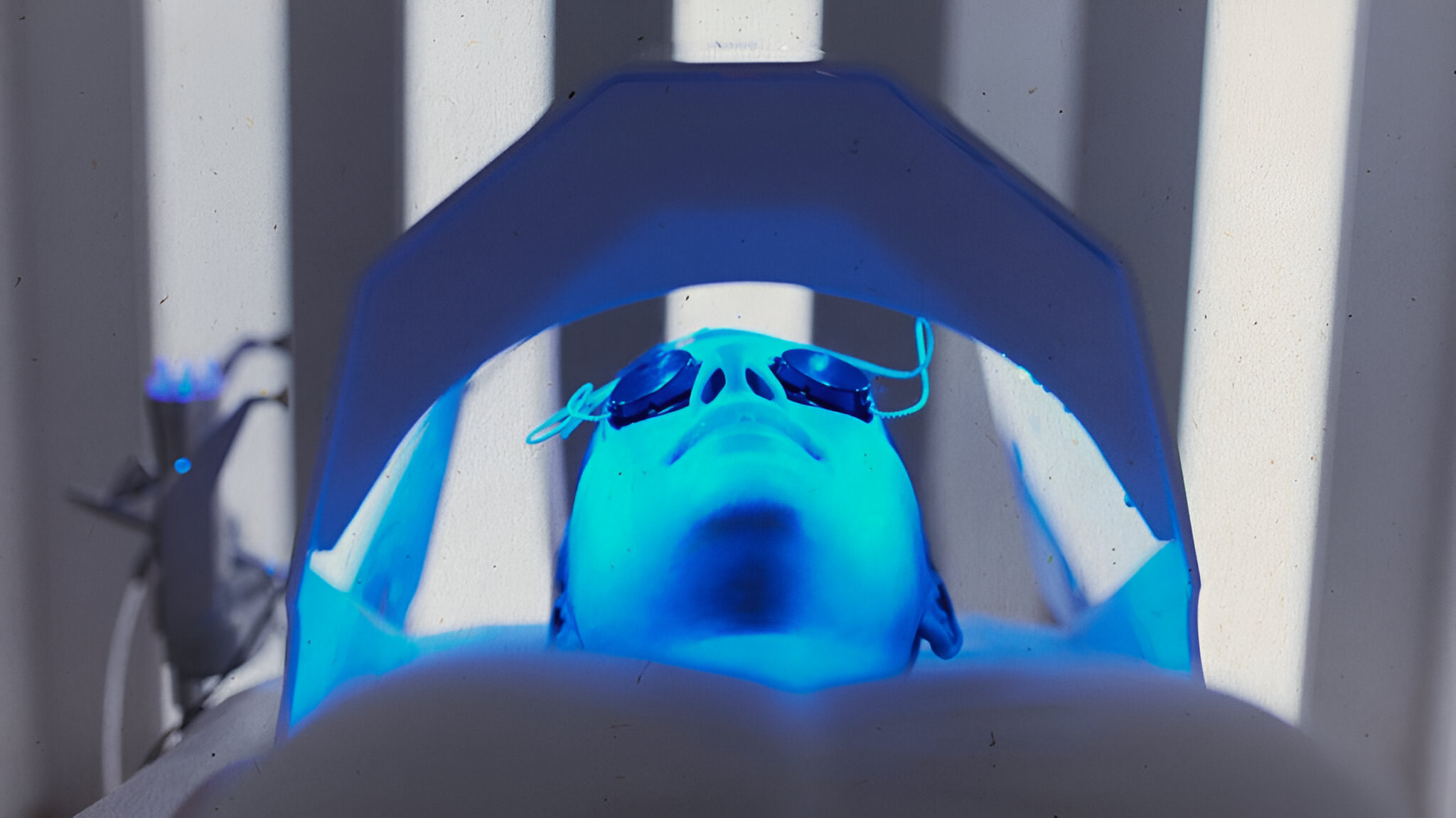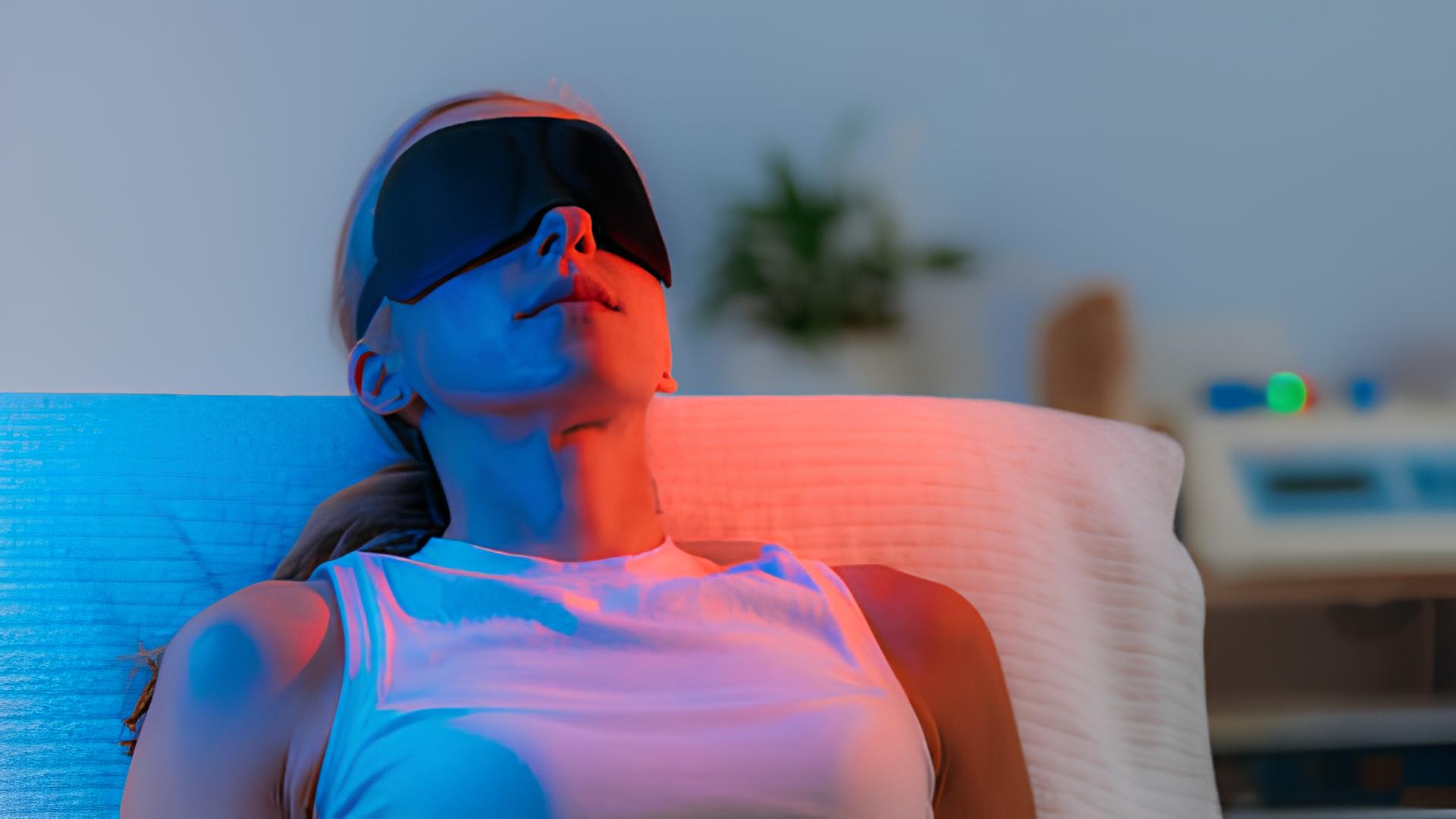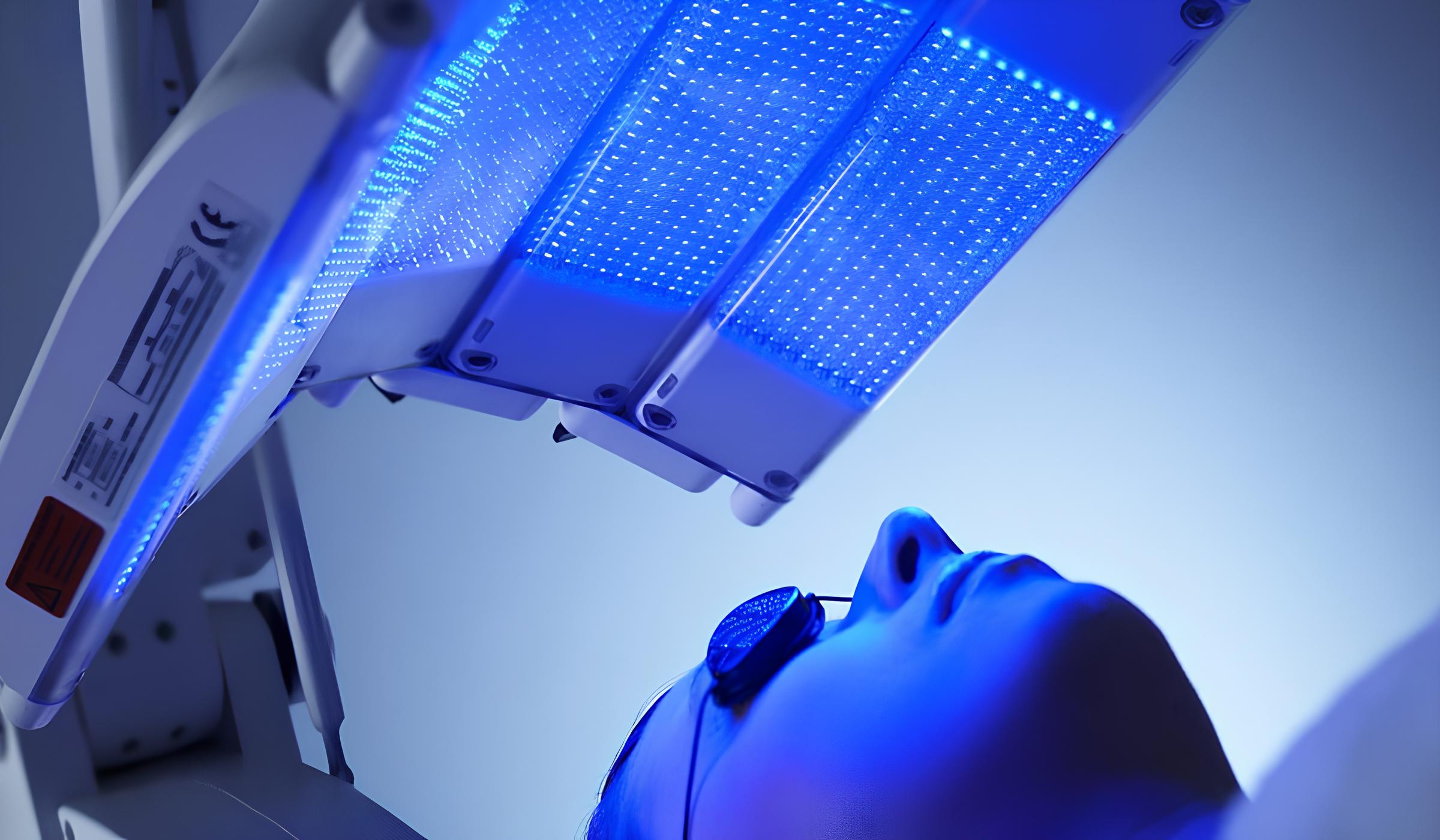Introduction
In today's digital age, our reliance on electronic devices has dramatically increased, exposing us to a significant amount of blue light. As we spend countless hours glued to our screens, be it smartphones, tablets, computers, or even television sets, it's imperative to understand the potential impact of blue light on our eyes. The pervasive nature of blue light emissions from these devices has raised concerns about the long-term effects on eye health.
Our eyes are constantly bombarded with blue light, a high-energy, short-wavelength light that is part of the visible light spectrum. While natural sunlight is the primary source of blue light, the artificial sources, such as LED lighting and digital screens, have become prevalent in our daily lives. This has led to growing apprehension regarding the potential consequences of prolonged exposure to blue light.
As we delve into the intricate relationship between blue light and eye health, it becomes evident that the effects of blue light on our eyes are a subject of increasing interest and concern. Understanding the impact of blue light on our eyes is crucial for implementing effective measures to protect our vision and overall eye health. Therefore, it is essential to explore the various aspects of blue light and its effects on our eyes to make informed decisions about mitigating potential risks.
What is Blue Light?
Blue light is a high-energy, short-wavelength light that falls within the visible light spectrum. It is characterized by its intense, vibrant hue and is emitted by various sources, both natural and artificial. The most prevalent natural source of blue light is the sun, which serves as a vital regulator of our circadian rhythm and overall well-being. However, with the advent of modern technology, artificial sources of blue light have become increasingly pervasive in our daily lives.
Artificial sources of blue light include electronic devices such as smartphones, tablets, computers, and LED televisions. These devices emit significant amounts of blue light, and due to the widespread use of digital screens, our exposure to this type of light has substantially increased. Moreover, energy-efficient LED lighting, commonly used in indoor and outdoor settings, also contributes to our exposure to artificial blue light.
The human eye is particularly sensitive to blue light, and prolonged exposure to it can have a range of effects, as it penetrates deeply into the eye, reaching the retina. While blue light is essential for regulating our sleep-wake cycle and boosting alertness during the day, excessive exposure, especially during nighttime hours, can disrupt our circadian rhythm and interfere with our ability to achieve restful sleep.
Furthermore, blue light exposure has raised concerns about its potential impact on eye health. The cumulative effects of prolonged exposure to blue light from digital devices and artificial lighting have prompted researchers and eye care professionals to investigate its implications for ocular health. Understanding the nature of blue light and its prevalence in our environment is crucial for implementing strategies to minimize its potential adverse effects on our eyes.
In the next section, we will delve into the intricate relationship between blue light and its effects on our eyes, shedding light on the potential risks associated with prolonged exposure to this pervasive form of light.
How Does Blue Light Affect Your Eyes?
Blue light affects your eyes in several ways, primarily due to its high-energy, short-wavelength characteristics. When your eyes are exposed to blue light, it penetrates the eye and reaches the retina, which is the inner lining at the back of the eye. This penetration can lead to several effects on your eyes, including potential damage to the retinal cells.
One significant concern is the potential for blue light to cause digital eye strain. Prolonged exposure to digital screens, which emit significant amounts of blue light, can lead to symptoms such as dry eyes, eye fatigue, blurred vision, and headaches. This discomfort, known as digital eye strain or computer vision syndrome, can impact your productivity and overall well-being.
Moreover, blue light exposure has been linked to disruptions in sleep patterns. The blue light emitted by electronic devices can suppress the production of melatonin, a hormone that regulates sleep. Consequently, excessive screen time, especially before bedtime, can interfere with your ability to fall asleep and achieve restful sleep, leading to fatigue and irritability.
Another concern is the potential long-term impact of blue light on retinal cells. Some studies suggest that prolonged exposure to blue light may contribute to the development of age-related macular degeneration (AMD), a leading cause of vision loss. While more research is needed to establish a definitive link, the potential risk underscores the importance of minimizing excessive exposure to blue light.
Furthermore, blue light exposure has raised concerns about its potential to induce oxidative stress in the eyes. This oxidative stress can lead to the production of free radicals, which may contribute to cellular damage and inflammation in the eyes. Over time, this could potentially increase the risk of developing eye conditions such as cataracts and other age-related eye diseases.
Understanding the multifaceted effects of blue light on your eyes is crucial for taking proactive measures to protect your vision and overall eye health. In the following sections, we will explore the symptoms of blue light exposure and discuss potential long-term effects on eye health, as well as provide practical tips for minimizing the impact of blue light on your eyes.
Symptoms of Blue Light Exposure
Prolonged exposure to blue light, particularly from digital screens and artificial lighting, can manifest in a range of symptoms that collectively contribute to what is commonly known as digital eye strain or computer vision syndrome. These symptoms can significantly impact your visual comfort and overall well-being, underscoring the need to recognize and address the effects of blue light on your eyes.
One of the primary symptoms of blue light exposure is eye fatigue, characterized by a sense of weariness and strain in the eyes. This often accompanies prolonged screen time and can be exacerbated by factors such as poor lighting and improper viewing distances. Additionally, individuals may experience dry eyes, a condition marked by a lack of sufficient moisture on the eye's surface. This can lead to discomfort, itching, and a gritty sensation, further contributing to visual strain.
Blurred vision is another common symptom associated with blue light exposure. Extended periods of focusing on digital screens can lead to a temporary decline in visual acuity, making it challenging to maintain clear and sharp vision. This can be particularly pronounced when transitioning from screen-based activities to tasks that require distance vision, such as driving or reading printed material.
Headaches and migraines are prevalent complaints among individuals who spend significant time in front of digital devices. The intense visual concentration required for screen-based activities, coupled with the effects of blue light on the eyes, can trigger discomfort and tension in the form of headaches. These symptoms can be debilitating, impacting daily productivity and overall quality of life.
Moreover, individuals may experience heightened sensitivity to light, a condition known as photophobia. This heightened sensitivity can exacerbate discomfort when exposed to bright or harsh lighting, further compounding the effects of blue light on visual comfort. Additionally, some individuals report experiencing neck and shoulder pain, often attributed to poor posture and prolonged periods of screen-based work.
Recognizing these symptoms is crucial for addressing the impact of blue light on your eyes. By acknowledging the signs of digital eye strain, individuals can take proactive measures to alleviate discomfort and minimize the potential long-term effects of blue light exposure on their eye health. In the subsequent section, we will delve into the potential long-term effects of blue light on eye health, shedding light on the importance of proactive measures to safeguard your vision.
Potential Long-Term Effects on Eye Health
Prolonged exposure to blue light has raised concerns about its potential long-term effects on eye health. While the immediate symptoms of digital eye strain are concerning, the cumulative impact of extended blue light exposure on the eyes has prompted researchers and eye care professionals to investigate the potential risks associated with this pervasive form of light.
One of the primary concerns is the potential link between blue light exposure and the development of age-related macular degeneration (AMD). AMD is a progressive eye condition that affects the macula, the central portion of the retina responsible for sharp, central vision. Studies have suggested that prolonged exposure to blue light, especially from digital screens, may contribute to the degeneration of retinal cells, potentially increasing the risk of developing AMD later in life. This has significant implications for long-term eye health, as AMD can lead to vision impairment and, in severe cases, legal blindness.
Furthermore, blue light exposure has been associated with disruptions in the circadian rhythm, which can impact overall health and well-being. The suppression of melatonin production due to excessive blue light exposure, particularly during evening hours, can interfere with the body's natural sleep-wake cycle. This disruption not only affects sleep quality but also has broader implications for systemic health, including metabolic function and immune response. Consequently, the long-term effects of blue light on eye health extend beyond ocular concerns, encompassing broader physiological and systemic impacts.
Another area of concern is the potential for blue light-induced oxidative stress in the eyes. Oxidative stress occurs when there is an imbalance between the production of free radicals and the body's ability to neutralize their harmful effects. Prolonged exposure to blue light, especially in high-energy doses, can contribute to the generation of free radicals in the eyes, potentially leading to cellular damage and inflammation. This oxidative stress has been implicated in the development of various eye conditions, including cataracts and other age-related eye diseases, underscoring the need to mitigate the long-term effects of blue light on ocular health.
Understanding the potential long-term effects of blue light on eye health is crucial for implementing proactive measures to protect vision and overall well-being. By recognizing the multifaceted implications of extended blue light exposure, individuals can take steps to minimize their risk and prioritize eye health in an increasingly digital world. In the subsequent section, we will explore practical tips for protecting your eyes from the potential adverse effects of blue light, empowering you to safeguard your vision and promote long-term eye health.
Tips for Protecting Your Eyes from Blue Light
Protecting your eyes from the potential adverse effects of blue light is essential in today's digital age. Implementing practical strategies to minimize blue light exposure can significantly contribute to maintaining healthy vision and overall eye health. Here are some effective tips for mitigating the impact of blue light on your eyes:
-
Use Blue Light Filters: Consider applying blue light filters or screen protectors on your digital devices. These filters can help reduce the amount of blue light emitted from screens, thereby lowering your overall exposure. Many smartphones, tablets, and computers offer built-in blue light filter settings that can be activated to minimize the impact on your eyes.
-
Adjust Screen Settings: Take advantage of device settings to adjust the brightness and color temperature of your screens. Lowering the brightness and opting for warmer color tones can help reduce the intensity of blue light emissions, providing a more comfortable viewing experience while mitigating potential eye strain.
-
Take Regular Breaks: Practice the 20-20-20 rule, which involves taking a 20-second break to look at something 20 feet away every 20 minutes of screen time. This simple yet effective technique can alleviate eye fatigue and reduce the cumulative effects of prolonged screen exposure.
-
Opt for Blue Light Glasses: Consider investing in blue light blocking glasses, which are designed to filter out a portion of blue light from digital screens. These specialized glasses can be particularly beneficial for individuals who spend extended periods in front of computers or other digital devices, providing added protection for their eyes.
-
Limit Screen Time Before Bed: Minimize exposure to digital screens, especially in the hours leading up to bedtime. The blue light emitted by screens can interfere with melatonin production, disrupting your sleep-wake cycle. Establishing a screen-free wind-down routine can promote better sleep quality and overall well-being.
-
Create a Screen-Free Environment: Designate screen-free zones in your home, such as the bedroom and dining areas, to minimize blue light exposure during specific times of the day. Encouraging activities that do not involve digital screens can promote a healthier balance and reduce overall exposure to blue light.
-
Prioritize Outdoor Time: Spend time outdoors to balance your exposure to natural light, which can help regulate your circadian rhythm and reduce the impact of prolonged artificial blue light exposure. Engaging in outdoor activities can provide a refreshing contrast to screen-based tasks and promote overall eye health.
By incorporating these practical tips into your daily routine, you can effectively protect your eyes from the potential adverse effects of blue light. Prioritizing eye health and implementing proactive measures to minimize blue light exposure are essential steps in safeguarding your vision in an increasingly digital-centric world.
Conclusion
In conclusion, the pervasive presence of blue light in our modern environment, stemming from electronic devices and LED lighting, has sparked growing concerns about its potential impact on eye health. The intricate relationship between blue light and our eyes has unveiled a range of effects, from immediate symptoms of digital eye strain to potential long-term implications for vision and overall well-being.
Recognizing the multifaceted effects of blue light on our eyes is the first step toward implementing proactive measures to safeguard our vision. The symptoms of digital eye strain, including eye fatigue, dry eyes, blurred vision, and headaches, underscore the need to address the impact of prolonged screen exposure on visual comfort. Moreover, the potential long-term effects of blue light, such as the risk of age-related macular degeneration and disruptions in the circadian rhythm, highlight the broader implications for ocular health and overall well-being.
However, amidst these concerns, practical strategies can be employed to protect our eyes from the potential adverse effects of blue light. From utilizing blue light filters and adjusting screen settings to taking regular breaks and investing in blue light blocking glasses, there are numerous ways to mitigate blue light exposure and prioritize eye health in our daily lives. Additionally, establishing screen-free environments and prioritizing outdoor time can contribute to a healthier balance between artificial and natural light exposure.
As we navigate an increasingly digital-centric world, it is essential to raise awareness about the impact of blue light on our eyes and empower individuals to make informed choices regarding their visual well-being. By integrating practical tips and proactive measures into our daily routines, we can minimize the potential risks associated with blue light and promote long-term eye health.
In essence, understanding the effects of blue light on our eyes and taking proactive steps to protect our vision are pivotal in mitigating the potential adverse effects of prolonged screen exposure. By prioritizing eye health and implementing practical strategies, we can embrace the benefits of technology while safeguarding our most precious sense—our vision.







